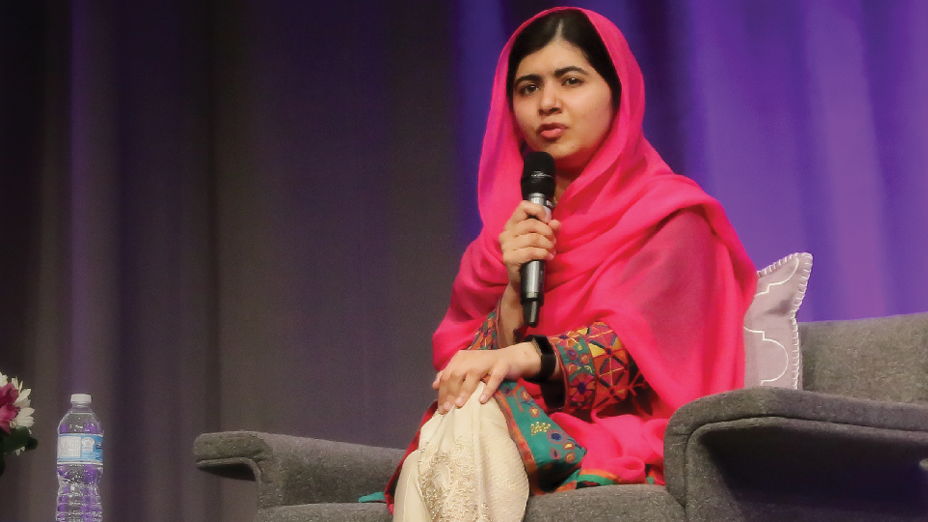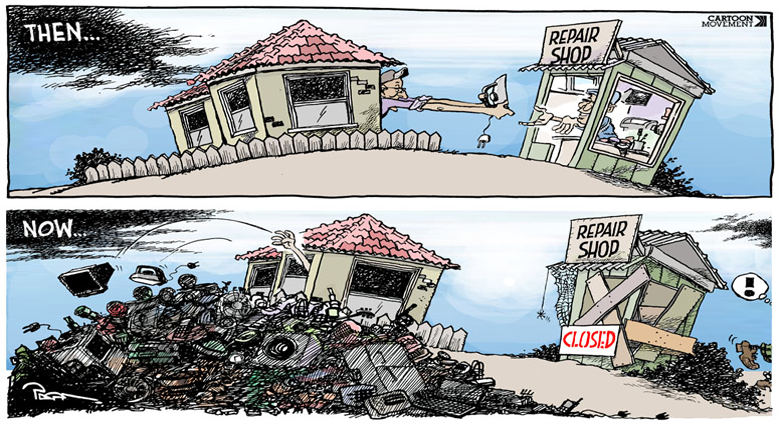When it comes to searching for the right body language that can make you look and feel like a leader, a quick google search will bring you a slew of articles on what to do and what not to do in order to show up as the big “I am” in any and every situation.
As with most highly competitive areas of human interaction, the avenues to victory often turn out to be way more nuanced than these popular online articles may suggest or be equipped to deliver—because if it were it really as simple as following a few easy rules, we’d all be the leader, right?
The smile is no way a direct indicator of social status or power.
So what makes becoming the leader so much more complex than all of that?
We humans are social animals that inhabit varied environments. Each social event where we might aspire to lead is therefore bound to be highly situational, and to this point there is no absolute scientific rule on the right or wrong body language to use across the board—just results you wanted or did not want in that specific situation.
In contrast, popular research would have you think that there are a universal set of “power” behaviors that the “top dogs” naturally show and we can all follow to get us the leadership roles. This idea of “Alpha” body language stems from the Social Dominance Theory, derived from early 19th century European behavioral research into captive wolves. In a nutshell, the interaction of captive wolves was researched, and resulting theories were applied to address wild wolf behavior, and then further applied to address how domestic dogs behave, and then to humans. While none of the original behaviors seen in the captive wolves can scientifically be viewed as normal for wild wolves (due to the situational differences), the behaviors linked to dominance were seen to reflect human patterns of behavior, and so theoretically taken to accurately describe norms of our human behavior. The reverse of the approach would be analogous to drawing inferences about leadership dynamics in wild wolf packs by studying imprisoned humans. Though there maybe some correlation, the species, society and situation are radically different.
Nowadays, after years of more carefully constructed studies, we understand that in some species of social mammals every member of a group has a place in the hierarchy, while in others there is a dominant leader or codominant partnership over a group of subordinates who are equal in power to each other. Humans are even more complex: we belong to more than one social circle—a person who may be a follower at work may be a leader within their interest group that physically meetup each weekend, and then positioned somewhere between the two in any of the many virtual tribes of which they are a part; the leader in the workspace may now rank well beneath them in this context. Human social dominance is complex. One size does not fit all in all circumstances; and so one behavior can win you rank in one context and demote you in another.
This is why when working with leaders on their executive presence, I look first at the results they need to achieve within the specific tribal context—then together we can create the right nonverbal strategies to bring them closer to (or to retain) a leadership position, or even help to spread the leadership responsibility across the team.This broadens their nonverbal vocabulary and gives them the confidence to choose more influential, generous and charismatic strategies to get what they need.
To this end let’s take a look at the top three popular “alpha” rules around leadership body language, and also discover further options for leading with body language that can help a modern leader into a calm and assertive state of synchronization : a state that will enable leadership through establishing common ground and community, rather than over relying on the pop psychology of domination.
-
Pop Rule #1: Smiling is Low Status —Leaders smile less. Smiling is a subordinate behavior. Women smile more to please others and are therefore less often the alpha.
Let’s put this one to bed immediately! Whether male or female, smiling is a universal signal that the environment or relationships within it are good. The smile is no way a direct indicator of social status or power. Smiling is an indicator of feeling and intention towards the environment and events within it, so of course others will look to a leader or potential leader to gauge their reactions to events in order to moderate or choose how they react in return. To lead in certain situations where you need to indicate to those around you that what you are saying or what others are saying or doing is viewed as positive—then smile! Indeed, give a full duchenne smile (that’s the “true smile” when both the sides of your mouth curl up and your eyes narrow to form wrinkles at the edges) for more than three seconds, as this is the time needed to it to be fully registered in others minds. Giving no expression often will simply cause others to default to a negative assessment of your feeling and intention towards the environment of events. So, yes, if you do want to come across as a negative nelly because you feel this exerts social power then don’t you dare ever crack a smile!
-
Pop Rule #2: Alphas Only Deliver Eye Contact—True Leaders hold eye contact when they are speaking but look away when others speak to them.
Oh, come on! To put this in it’s rightful place, let’s look at why we humans use eye contact and how special it is to our species. In humans, the greatly exposed whites of the eyes—the sclera, surrounding the darker colored iris—makes it easy for others to discern the direction of our gaze. This characteristic is not found in other primate species or other social mammals. It's a human adaptation that specifically enhances the gaze signal.
Looking back in our human history, this has meant that we can hunt and protect, silently and together, by indicating the direction of prey or predators without making a sound or drawing undue physical attention (and thus giving ourselves away) which could easily happen by indicating through moving larger more visible body parts. So eye contact is profoundly linked to our survival as an essential way to quietly target for our tribe where something of importance/danger is situated.
So delivering eye contact has the potential to give power, share power, and give status to others; and importantly, actively accepting eye contact from others implies an acceptance of sharing power and status; and also in certain contexts, accepting eye contact can establish you as being the target. It therefore goes both ways—it is important for a leader to deliver the feeling and intention towards their target... ie look at others when talking to them. Of equal importance can be to synchronise with the group you lead and accept with their eye contact the feeling and intention of that tribe that you are their target and so the leading entity of the group.. in other words, look at them when they talk to you!
-
Pop Rule #3: Top Dogs Dominate With Their Handshake—Not only do Alphas give a extremely firm handshake, but they also try to be the dominant hand in the handshake with their hand on top of the clasp and only giving the other the bottom part of the handshake which has less physical advantage and more risky exposure.
This is an “old hat” idea for domination! But of course as modern leaders we often need to give out status not take it. And of course a great indicator of high power status is your ability to give out power. That’s why I often coach leaders to give others “the upper hand” when giving a handshake. This is when, as the leader, you offer your hand out with the palm up so that the other’s hand can only go on top of yours. Contrary to popular body language law, this is not submissive—it is generous! And with generosity comes reciprocity. Give others a little of your leadership status by giving them an upper hand shake and they are way more likely to be compelled to synchronise with you and unconsciously to give you what you need from them in return.
Take a look at this video to for a quick and fully visual explanation of this great leadership body language technique, and get going with it immediately to be seen and feel like a more modern leader. Old dogs can learn new tricks!
Delivering eye contact has the potential to give power, share power, and give status to others





.png)




What Did You Think?